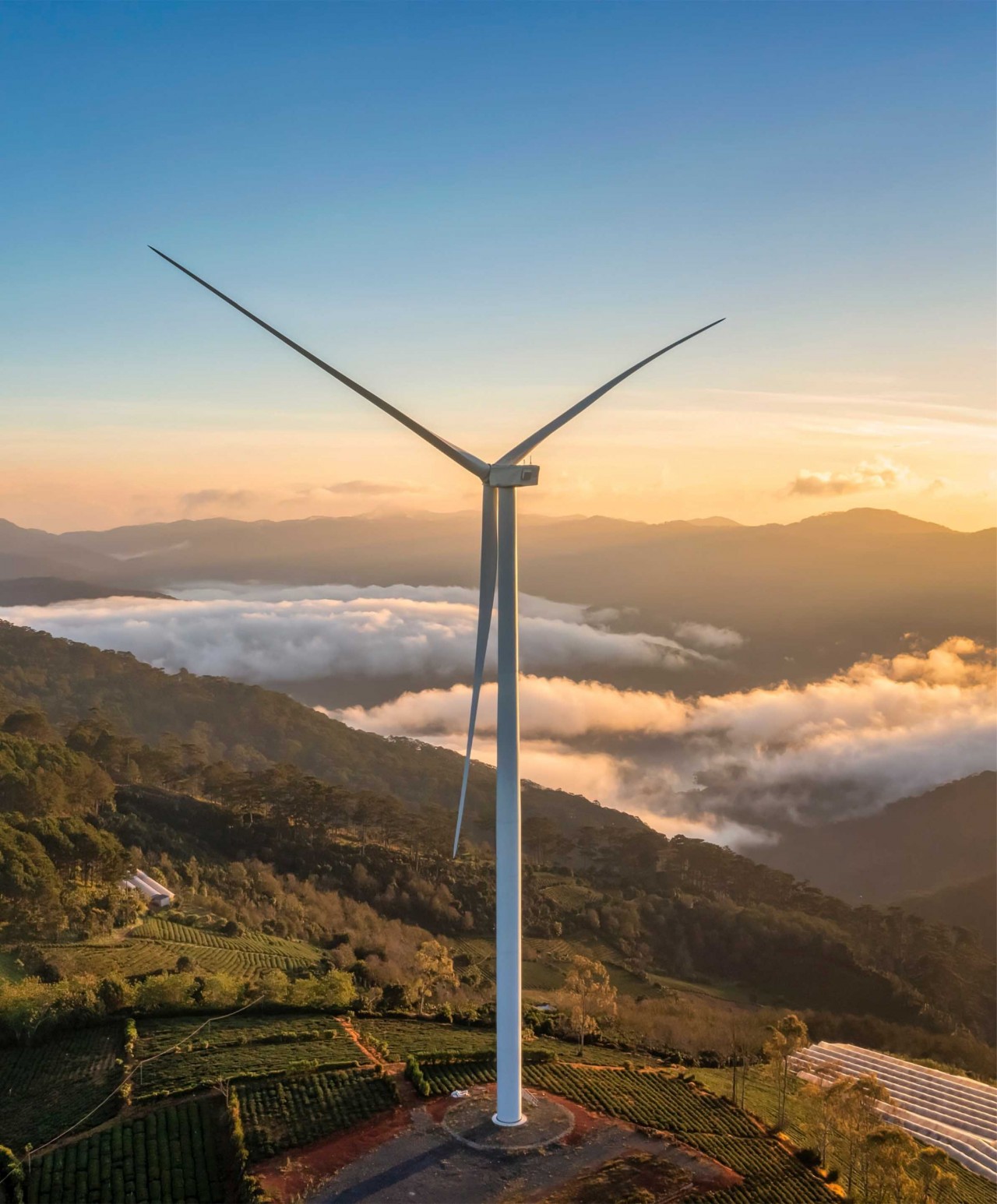
National energy master plan for 2021-2030 approved
Latest
The overall objective of the plan is to ensure the country's energy security, meet the requirements of economic and social development, industrialisation and modernisation, ensure national defence and security, improve the people's living standards, and protect the ecological environment.
In addition, it aims to develop an independent and autonomous energy industry and establish a comprehensive energy industry ecosystem based on renewable and new energy sources, with a goal of becoming a regional centre for clean energy industries and renewable energy exports.
 |
| National energy master plan for 2021-2030 approved. |
It sets a target for the total primary energy supply to reach 155 million tonnes of oil equivalent by 2030 and between 294 and 311 million tonnes by 2050. The total national oil and petroleum reserves (including crude oil and products), meanwhile, are expected to rise to 75-80 days of net imports by 2030 and gradually to 90 days after that year.
Regarding equitable energy transition, the plan sets a target for the share of renewable energy in the total primary energy to be 15-20 per cent by 2030 and about 80-85 per cent by 2050. It also aims to achieve energy savings of about 8-10 per cent by 2030 and about 15-20 per cent by 2050 compared to the normal development scenario.
The projected greenhouse gas emissions are about 399-449 million tonnes by 2030 and about 101 million tonnes by 2050. The goal is to cut emissions by 17-26 per cent by 2030 and about 90 per cent by 2050 compared to the normal development scenario.
Efficient exploitation and utilisation of domestic energy resources are highlighted, with the production of crude oil, natural gas, and commercial coal targeted at 6 - 9.5 million tonnes, 5.5 - 15 billion cubic metres, and 41-47 million tonnes, respectively, for the 2021-2030 period.
By 2030, the plan aims to establish and develop several clean energy centres in the northern, central, and southern regions when favourable conditions are available. It also intends to develop new energy production to meet domestic and export demands. The capacity of green hydroelectricity production is estimated at about 100,000 – 200,000 tonnes per year by 2030 and about 10-20 million tonnes annually by 2050.
To achieve these goals, six implementation solutions were set out, involving capital mobilisation and allocation; mechanisms and policies; environment, science, and technology; human resource development; international cooperation; and implementation and supervision of the plan.




















